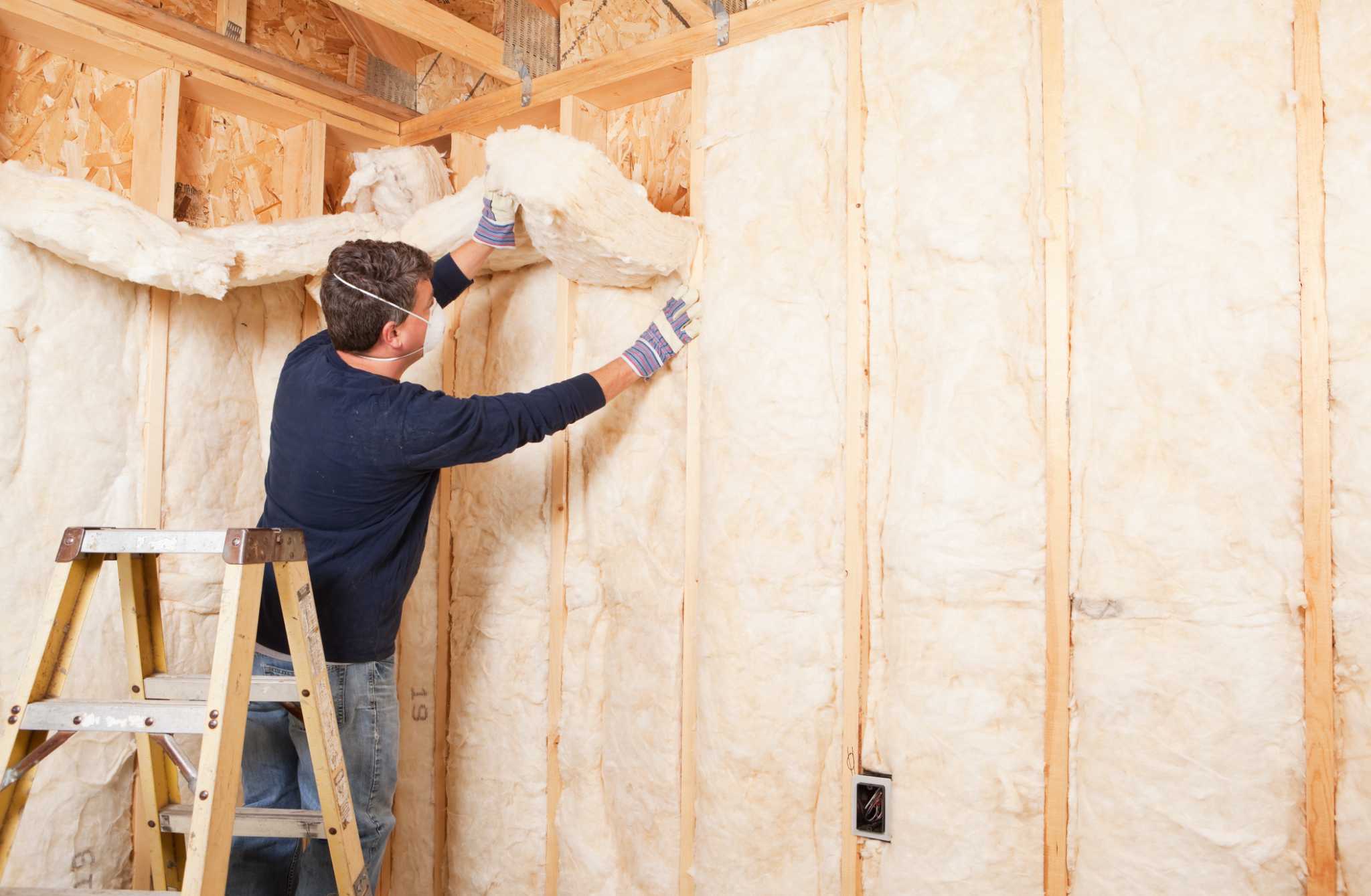

Articles
What Insulation To Use In 2X4 Walls?
Modified: October 19, 2024
Discover the best insulation options for your 2x4 walls with our informative articles. Find expert tips and advice on choosing the right insulation for enhanced energy efficiency and comfort.
(Many of the links in this article redirect to a specific reviewed product. Your purchase of these products through affiliate links helps to generate commission for Storables.com, at no extra cost. Learn more)
Introduction
Welcome to the world of insulation! If you’re considering insulating your 2×4 walls, congratulations on taking a proactive step towards energy efficiency and comfort in your home. Insulation plays a crucial role in keeping your home warm in the winter and cool in the summer, while also reducing energy consumption and lowering utility bills.
Choosing the right insulation for your 2×4 walls is important, as it can greatly impact the overall effectiveness of your insulation system. In this article, we will explore five popular options for insulating 2×4 walls and discuss their features, benefits, and considerations.
Before we dive into the different types of insulation, it’s essential to understand the basic concept of insulation. Insulation works by impeding the flow of heat from one area to another. The R-value of insulation measures its thermal resistance, with higher R-values indicating a greater resistance to heat transfer. It’s essential to choose an insulation material with an appropriate R-value for your climate and specific application.
Now, let’s explore the different types of insulation that are suitable for 2×4 walls:
Key Takeaways:
- Choose the right insulation for your 2×4 walls based on your specific needs, budget, and priorities. Consider factors such as climate, energy efficiency goals, fire safety requirements, and soundproofing needs to make the best decision.
- Consult with insulation professionals or contractors to ensure proper installation and enjoy the benefits of improved energy efficiency, reduced utility bills, enhanced comfort, and a greener, more sustainable home.
Read also: 8 Amazing 2X4 Electrical Box for 2025
Fiberglass Insulation
Fiberglass insulation is one of the most widely used insulation materials, and it’s also a popular choice for insulating 2×4 walls. It is made from recycled glass and sand, which are melted and spun into fine fibers. These fibers are then formed into batts or rolls that can be easily installed between the wall studs.
One of the key advantages of fiberglass insulation is its affordability. It is a cost-effective option that provides good thermal insulation and sound absorption properties. Fiberglass insulation is available in a range of R-values to suit different climate zones and energy efficiency requirements.
Installation of fiberglass insulation in 2×4 walls is relatively straightforward. The batts or rolls can be cut to fit snugly between the studs, with no additional trimming or special equipment required. It’s important to wear protective clothing and a mask during installation to prevent skin irritation and respiratory issues from the tiny glass fibers.
One drawback of fiberglass insulation is its tendency to settle over time, which reduces its overall thermal performance. This settling can create air gaps and decrease the R-value of the insulation. To mitigate this issue, it’s recommended to install a vapor barrier over the insulation to prevent air movement and maintain its effectiveness.
Fiberglass insulation is also not as effective as other insulation materials in preventing air leaks. It can allow air to pass through, which can impact its thermal performance. To address this, it’s important to properly seal any gaps or cracks in the walls before installing the insulation.
Overall, fiberglass insulation is a popular and affordable choice for insulating 2×4 walls. It provides good thermal insulation and soundproofing properties, although it may require additional steps such as installing a vapor barrier and sealing air leaks for optimal performance.
Cellulose Insulation
If you’re looking for an environmentally-friendly option for insulating your 2×4 walls, cellulose insulation is worth considering. It is made from recycled paper, typically newspaper, which is treated with fire-retardant chemicals to enhance its safety and performance.
Cellulose insulation is installed by blowing or spraying it into the wall cavities, ensuring complete coverage and filling any gaps or voids. This makes it an ideal choice for insulating 2×4 walls, as it can conform to irregular shapes and provide effective insulation in hard-to-reach areas.
One of the significant advantages of cellulose insulation is its excellent thermal performance. It has a high R-value and provides superior resistance to heat transfer, helping to keep your home comfortable and energy-efficient. It also offers good soundproofing properties, making it an excellent choice for reducing noise transmission from outside sources.
Cellulose insulation is also known for its ability to reduce air leakage. It can be densely packed into the wall cavities, creating a barrier against drafts and minimizing heat loss. This air-sealing characteristic contributes to better energy efficiency and improved indoor air quality.
However, it’s important to note that cellulose insulation can be more challenging to install compared to other types of insulation. It typically requires professional installation, as special equipment such as blowing machines or spraying equipment is needed. This can add to the overall cost of the insulation project.
Additionally, cellulose insulation can absorb moisture, which can potentially lead to mold or decay if not properly addressed. It’s crucial to ensure proper ventilation and moisture control measures are in place before installing cellulose insulation.
In summary, cellulose insulation is an eco-friendly option that provides excellent thermal insulation and soundproofing qualities. It is particularly suitable for insulating 2×4 walls due to its ability to conform to irregular shapes and reduce air leakage. However, professional installation and moisture management are important considerations to ensure its long-term effectiveness.
Spray Foam Insulation
Spray foam insulation is a versatile and efficient option for insulating 2×4 walls. It is a two-component mixture that expands upon application, creating a seamless and airtight insulation barrier. Spray foam insulation is typically comprised of isocyanate and polyol resin.
One of the major advantages of spray foam insulation is its superior insulating capabilities. When applied, it expands and fills every nook and cranny, providing a complete seal against air infiltration and minimizing heat loss. This air sealing property makes it an excellent choice for energy efficiency and reducing utility costs.
Spray foam insulation also has a high R-value, which ensures effective thermal insulation. It can significantly improve the energy efficiency of your home and create a comfortable indoor environment. Its ability to seal gaps and cracks also helps to reduce noise transmission, enhancing the overall soundproofing of your walls.
Another benefit of spray foam insulation is its moisture resistance. Once cured, it creates a moisture barrier that helps prevent water intrusion and potential damage caused by condensation. This can contribute to a healthier indoor environment by reducing the risk of mold growth and other moisture-related issues.
Furthermore, spray foam insulation can add structural support to your walls. It adheres to the surfaces it is sprayed on, adding rigidity and strength to the overall structure. This can be especially beneficial in areas prone to high winds or seismic activity.
However, it is important to note that spray foam insulation can be more expensive compared to other insulation options. Professional installation is recommended due to the specialized equipment and expertise required for application. Additionally, the chemicals used in spray foam insulation can produce strong odors during installation, so proper ventilation is necessary.
Overall, spray foam insulation offers excellent thermal performance, air sealing, moisture resistance, and structural benefits. It is a popular choice for insulating 2×4 walls, although the higher cost and installation requirements should be taken into consideration when making a decision.
Consider using fiberglass insulation with a higher R-value for 2×4 walls, such as R-15 or R-13. This will provide better thermal performance and energy efficiency for your home.
Rigid Foam Insulation
Rigid foam insulation is a versatile and effective option for insulating 2×4 walls. It is made from foam plastic materials such as polystyrene, polyisocyanurate, or polyurethane. Rigid foam insulation comes in the form of boards or panels that can be easily cut to fit between the wall studs.
One of the main advantages of rigid foam insulation is its high R-value per inch of thickness. It offers excellent thermal resistance, making it an efficient choice for insulating 2×4 walls and maximizing energy savings. Rigid foam insulation also provides good resistance against moisture and acts as a vapor barrier, preventing condensation and potential mold growth.
Rigid foam insulation is lightweight and easy to handle, making it a convenient option for DIY installations. It can be easily cut to fit around pipes, electrical outlets, and other obstacles, ensuring a proper and snug fit. The panels can be attached to the wall studs with adhesive or mechanical fasteners.
In addition to its excellent thermal insulation properties, rigid foam insulation offers good soundproofing capabilities. It helps to reduce noise transmission, providing a quieter and more comfortable living environment.
However, it’s important to note that rigid foam insulation is more costly compared to other insulation options. The upfront investment may be higher, but the long-term energy savings and improved comfort can offset the initial expense.
Another consideration with rigid foam insulation is its flammability. Some types of rigid foam insulation can ignite easily and emit toxic gases when exposed to high heat or fire. It’s crucial to use fire-resistant or Class A-rated foam insulation in areas where fire safety is a concern.
Furthermore, rigid foam insulation is not as flexible as other insulation materials. It may not conform well to irregular surfaces or around obstructions. Proper sealing and insulation of any gaps or joints is important to maintain its effectiveness.
In summary, rigid foam insulation offers excellent thermal performance, moisture resistance, and soundproofing qualities. It is a suitable option for insulating 2×4 walls, providing energy efficiency and improved comfort. However, the higher cost and flammability considerations should be taken into account when selecting this type of insulation.
Read more: What Insulation For 2X6 Walls
Mineral Wool Insulation
Mineral wool insulation, also known as rock wool or stone wool insulation, is a versatile and durable option for insulating 2×4 walls. It is made by melting and spinning natural minerals, such as basalt or slag, into fibers which are then formed into batts or loose-fill insulation.
One of the key advantages of mineral wool insulation is its excellent fire resistance. It is non-combustible and can withstand extremely high temperatures, making it a safe choice for insulating walls. It can help slow down the spread of fire and provide valuable time for occupants to evacuate in case of emergencies.
Mineral wool insulation also offers good thermal properties, with a respectable R-value. It provides effective insulation, helping to reduce heat transfer and maintain a comfortable indoor environment. Additionally, mineral wool insulation has excellent soundproofing capabilities, making it an excellent choice for reducing noise transmission between rooms or from the outside.
Another advantage of mineral wool insulation is its resistance to moisture. It is non-absorbent and does not promote mold or mildew growth. This makes it a suitable choice for areas with high humidity or moisture presence, contributing to a healthier indoor environment.
Installation of mineral wool insulation in 2×4 walls is relatively straightforward. The batts can be trimmed to fit between the studs and can be easily secured with staples or wire hangers. It’s important to wear protective equipment during installation to prevent skin irritation caused by the fibers.
However, it’s important to note that mineral wool insulation can be more costly compared to other insulation materials. The higher price may be offset by its durability and long-term performance.
Additionally, mineral wool insulation can have higher density compared to other insulation options, which may impact its flexibility and ease of installation. Proper care should be taken to ensure the insulation fills the wall cavities tightly and does not leave any air gaps.
In summary, mineral wool insulation provides excellent fire resistance, thermal performance, soundproofing qualities, and moisture resistance. It is a durable choice for insulating 2×4 walls, contributing to energy efficiency, safety, and comfort. While it may have a higher upfront cost, the long-term benefits make it worth considering.
Conclusion
Choosing the right insulation for your 2×4 walls is a decision that can greatly impact the energy efficiency, comfort, and overall performance of your home. There are several options available, each with its own set of benefits and considerations.
Fiberglass insulation is a popular and cost-effective choice, providing good thermal insulation and sound absorption properties. However, attention must be given to proper installation and addressing air leakage issues.
Cellulose insulation is an environmentally-friendly option, offering excellent thermal performance and soundproofing qualities. The ability to conform to irregular shapes and reduce air leakage makes it suitable for insulating 2×4 walls, although professional installation is recommended.
Spray foam insulation provides excellent thermal insulation, air sealing, and moisture resistance. It is a versatile option that can fill gaps and crevices, ensuring a complete insulation barrier. However, it can be more expensive and may require professional installation.
Rigid foam insulation offers high R-value per inch of thickness, moisture resistance, and soundproofing benefits. DIY installation is possible, but the higher cost and flammability considerations should be taken into account.
Mineral wool insulation provides excellent fire resistance, thermal performance, soundproofing qualities, and resistance to moisture. It is a durable option that contributes to a safe and comfortable living environment, although it may come with a higher cost.
Ultimately, the best insulation for your 2×4 walls will depend on your specific needs, budget, and priorities. It’s essential to consider factors such as climate, energy efficiency goals, fire safety requirements, and soundproofing needs when making your decision.
Remember to consult with insulation professionals or contractors who can provide expert advice and ensure proper installation. By selecting the right insulation material and installing it correctly, you can enjoy the benefits of improved energy efficiency, reduced utility bills, enhanced comfort, and a greener, more sustainable home.
Frequently Asked Questions about What Insulation To Use In 2X4 Walls?
Was this page helpful?
At Storables.com, we guarantee accurate and reliable information. Our content, validated by Expert Board Contributors, is crafted following stringent Editorial Policies. We're committed to providing you with well-researched, expert-backed insights for all your informational needs.
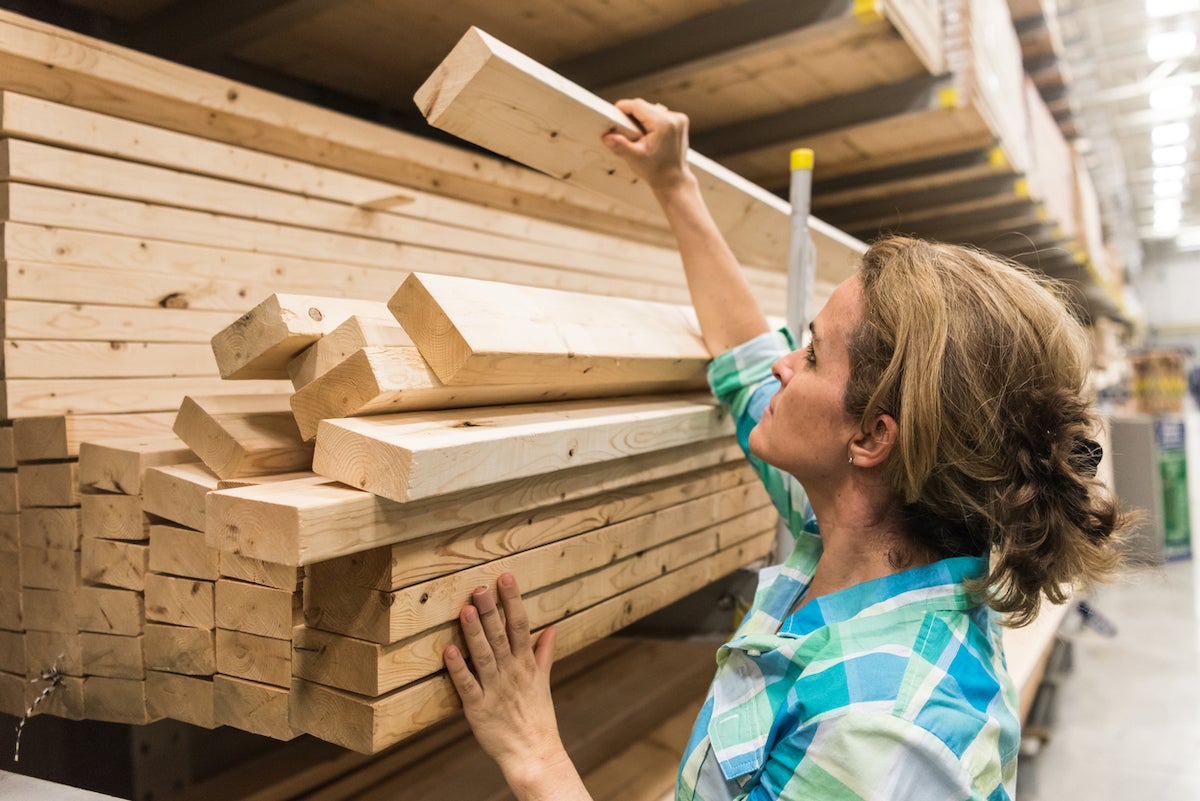
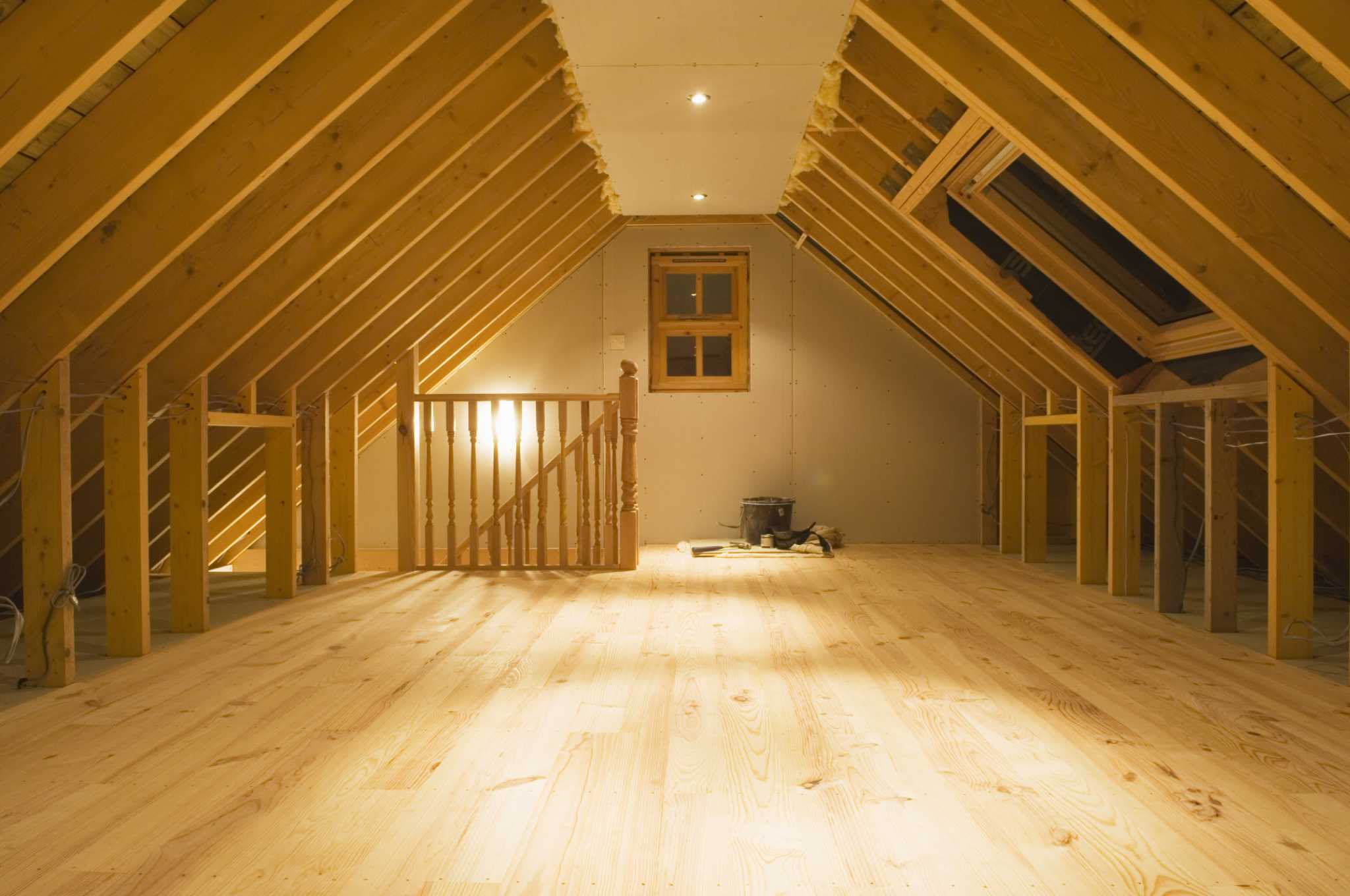
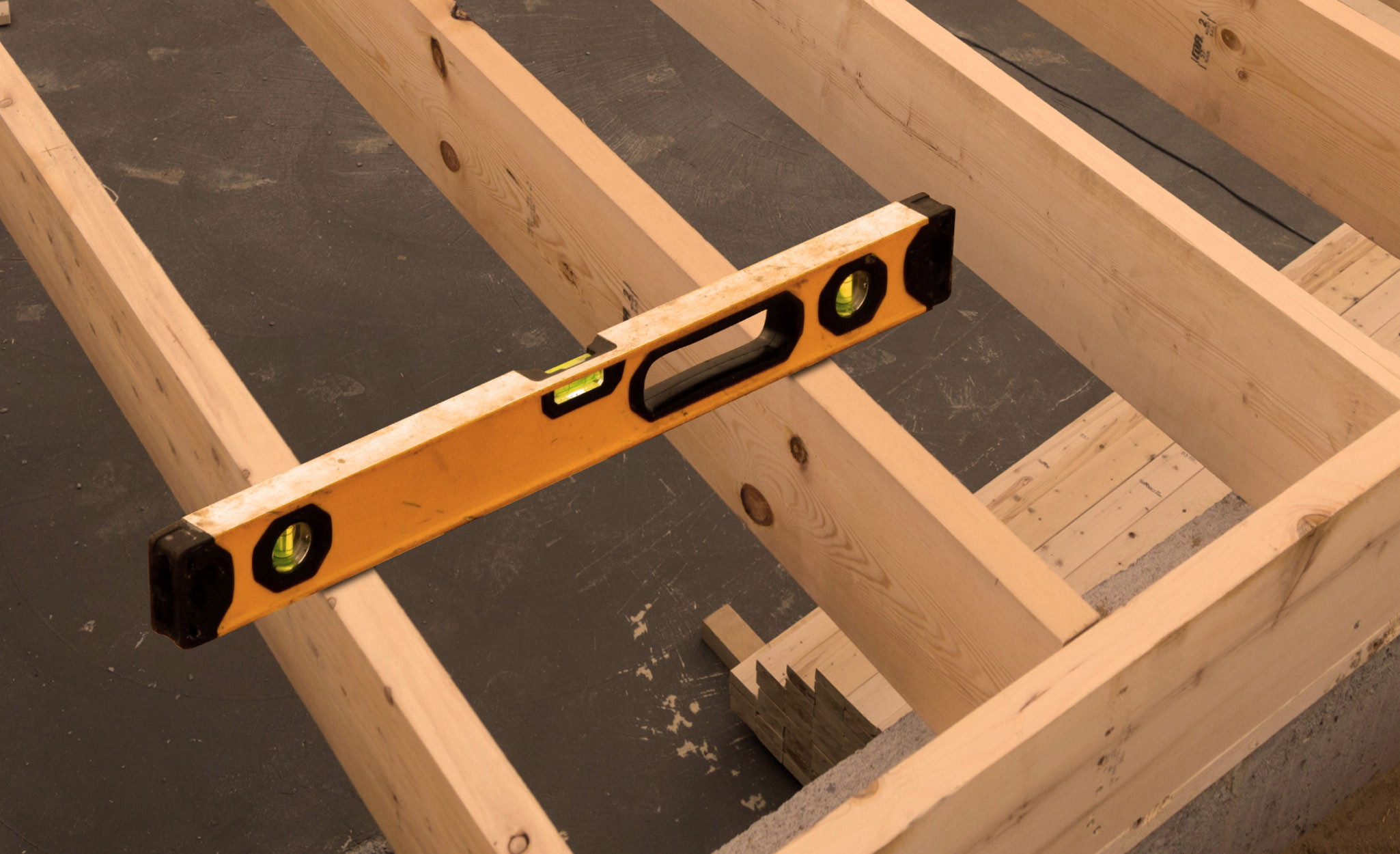
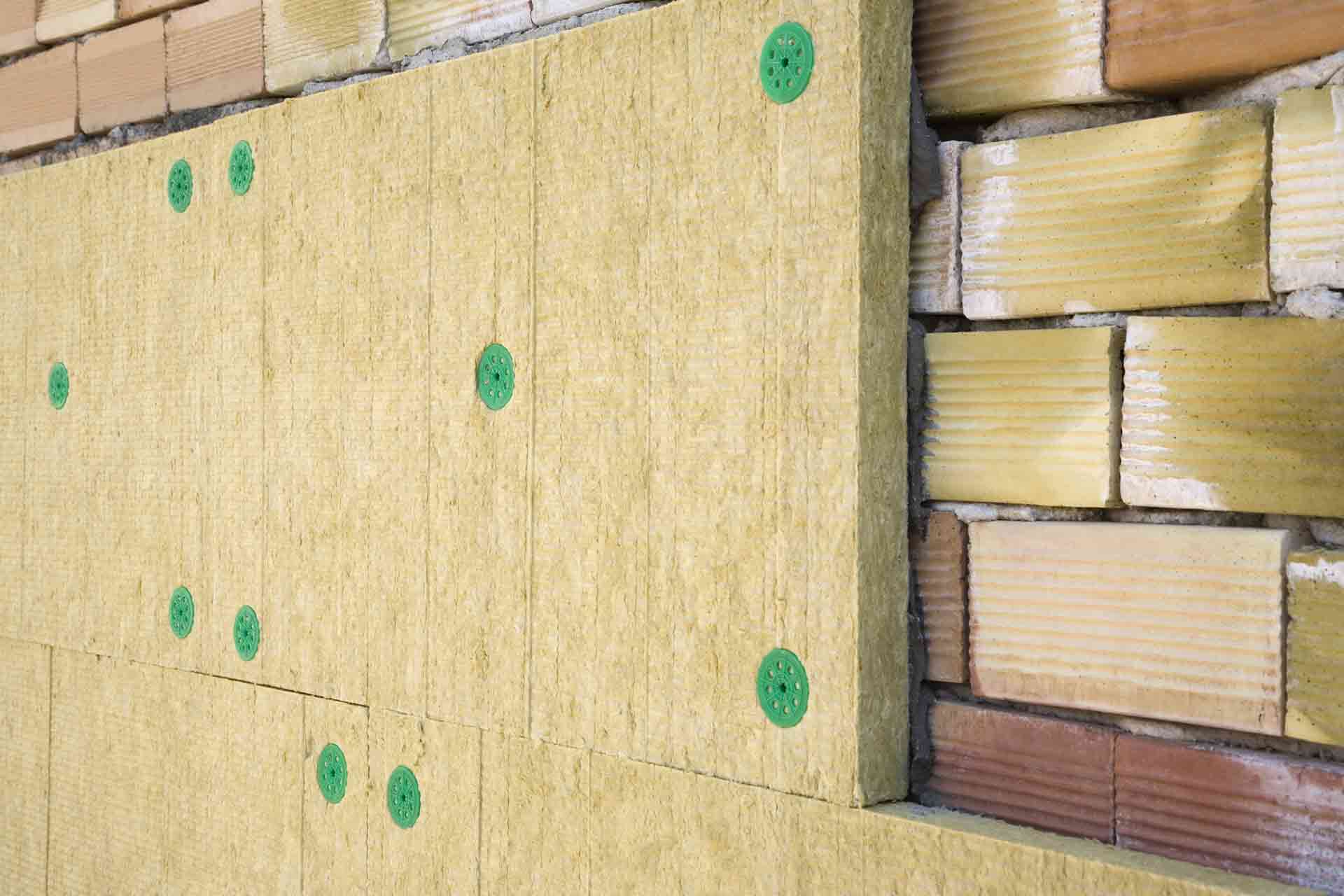
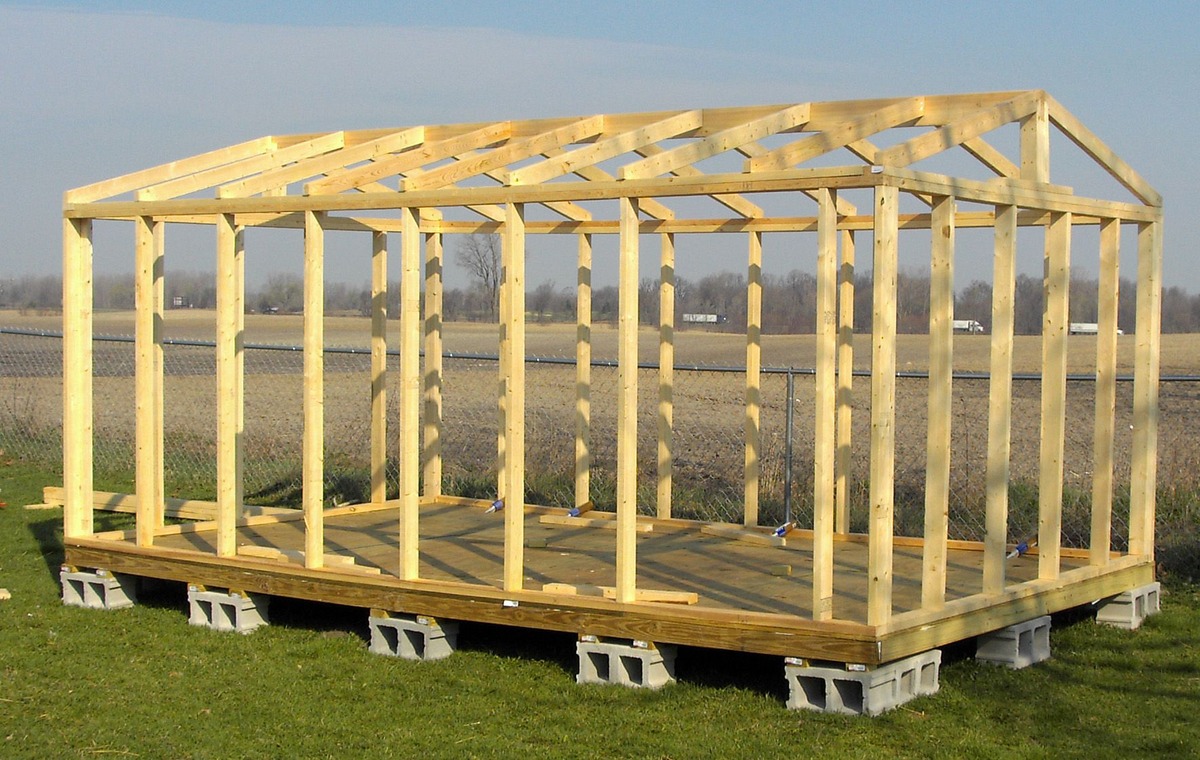
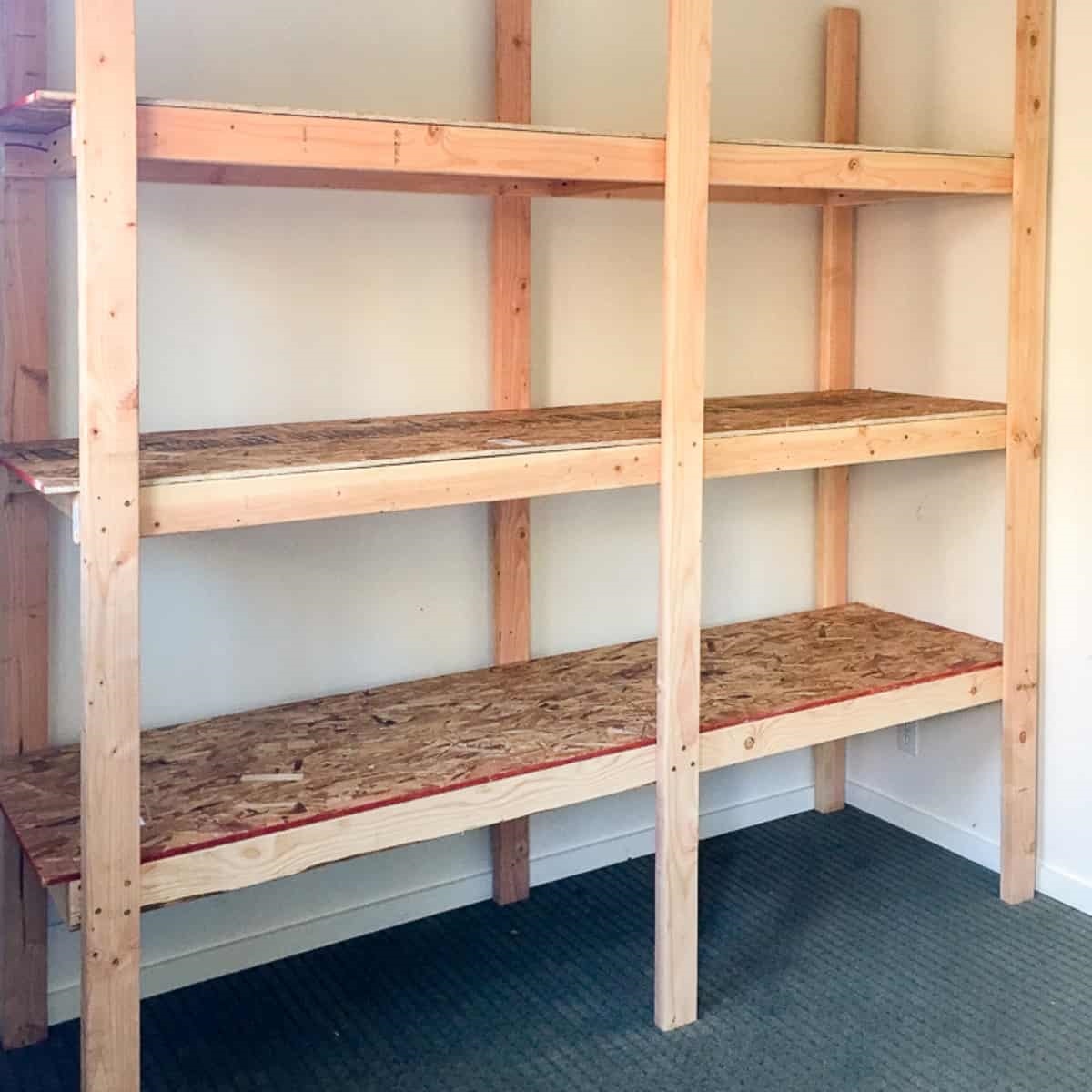
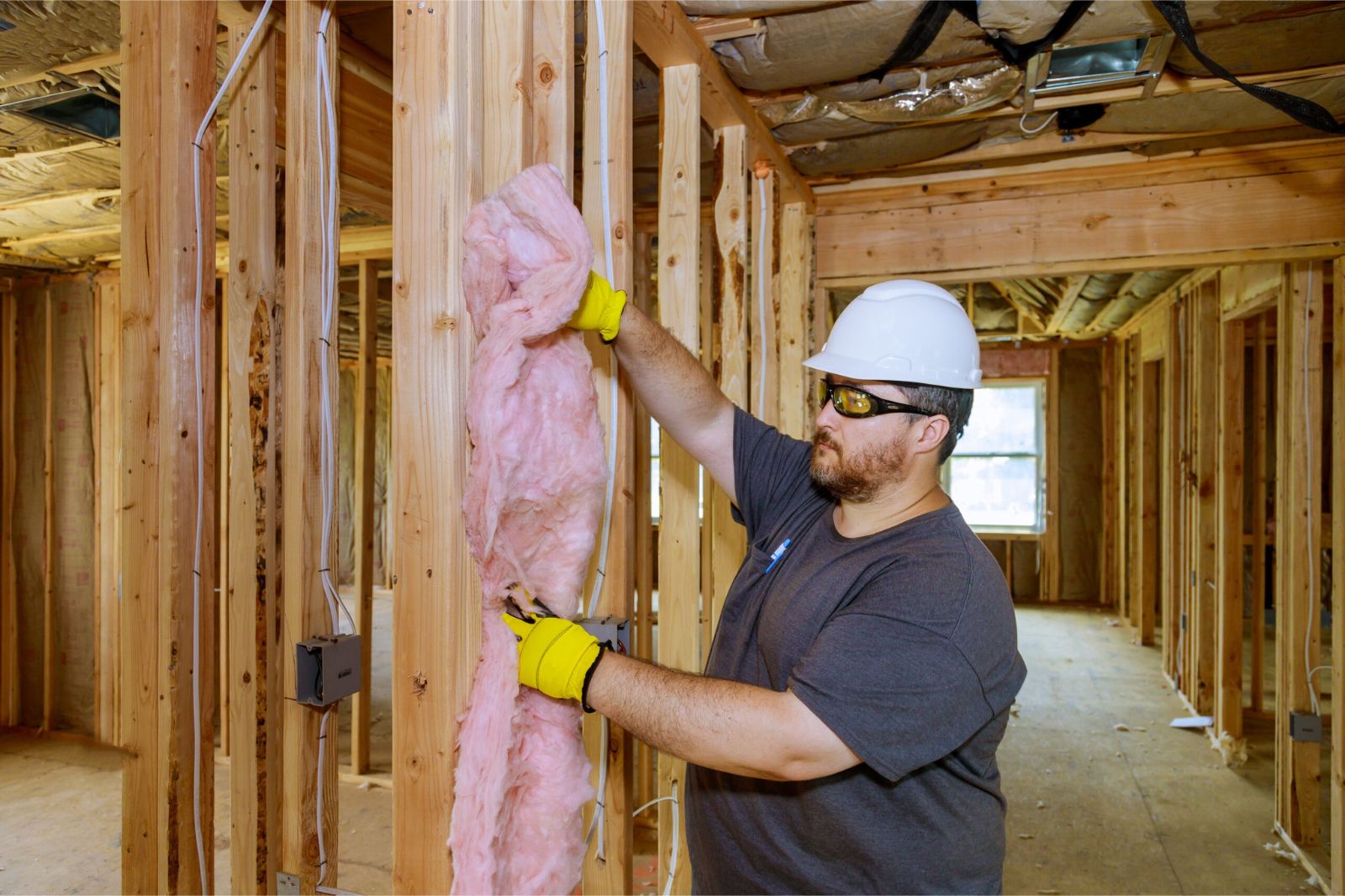
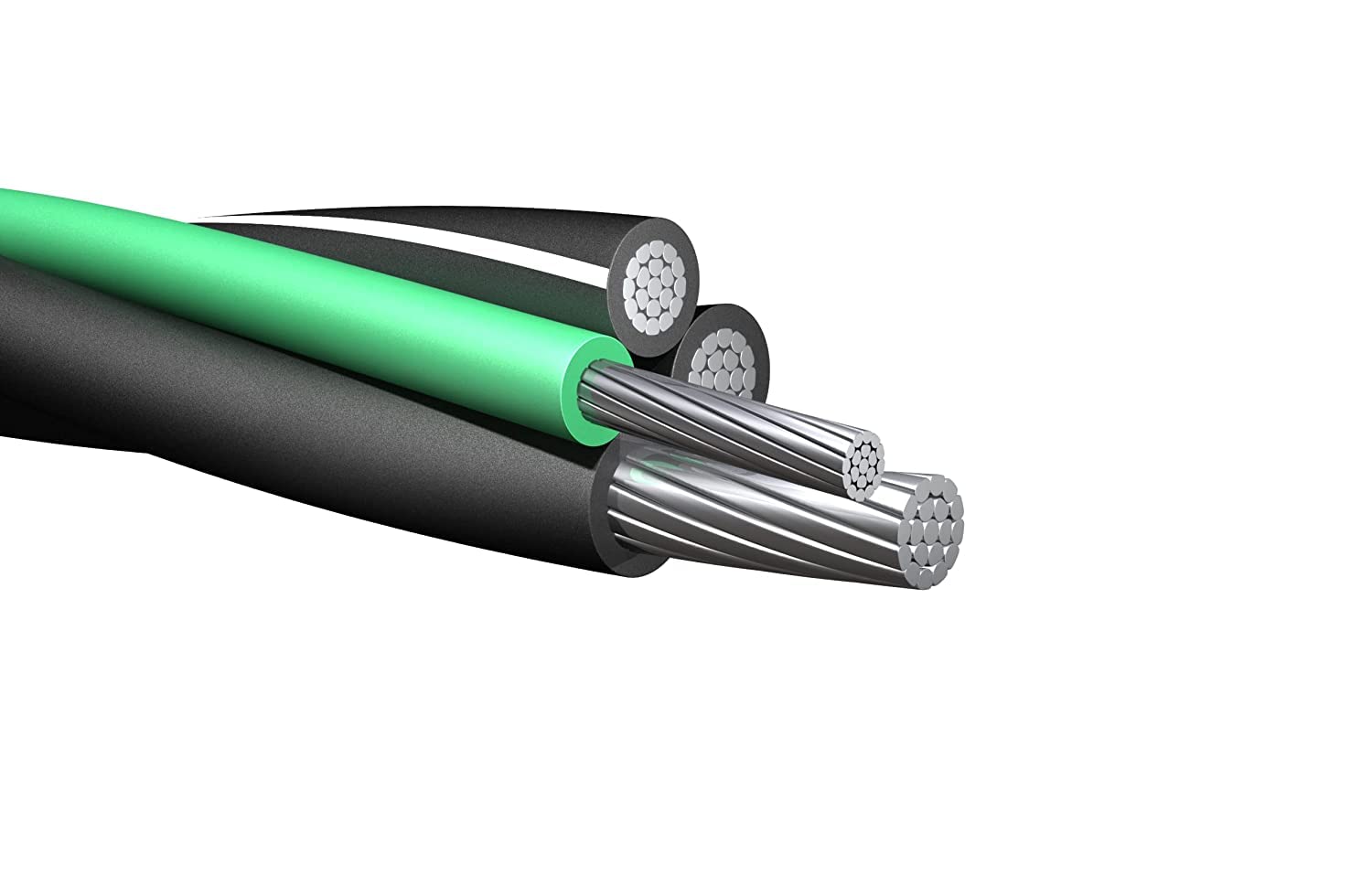
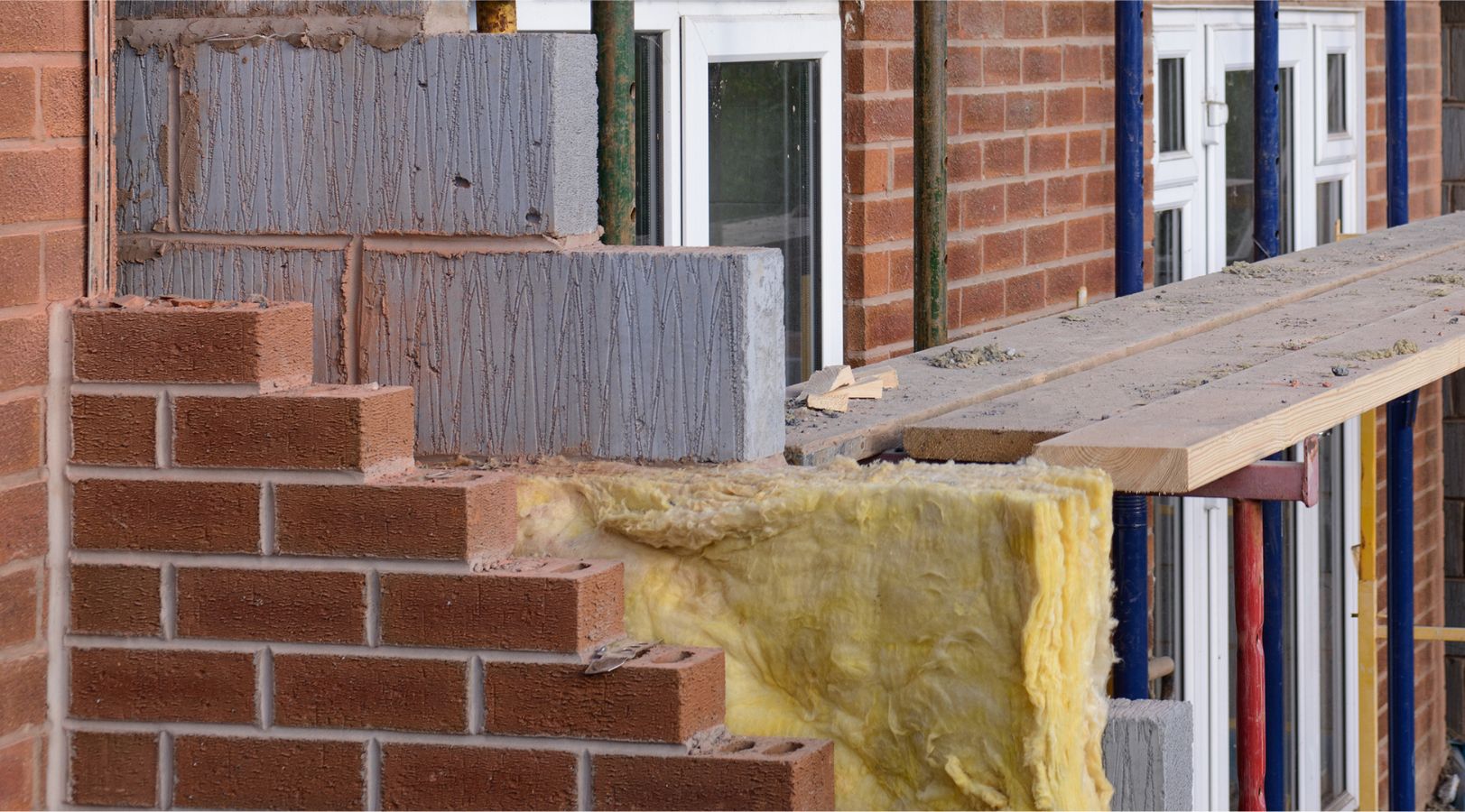
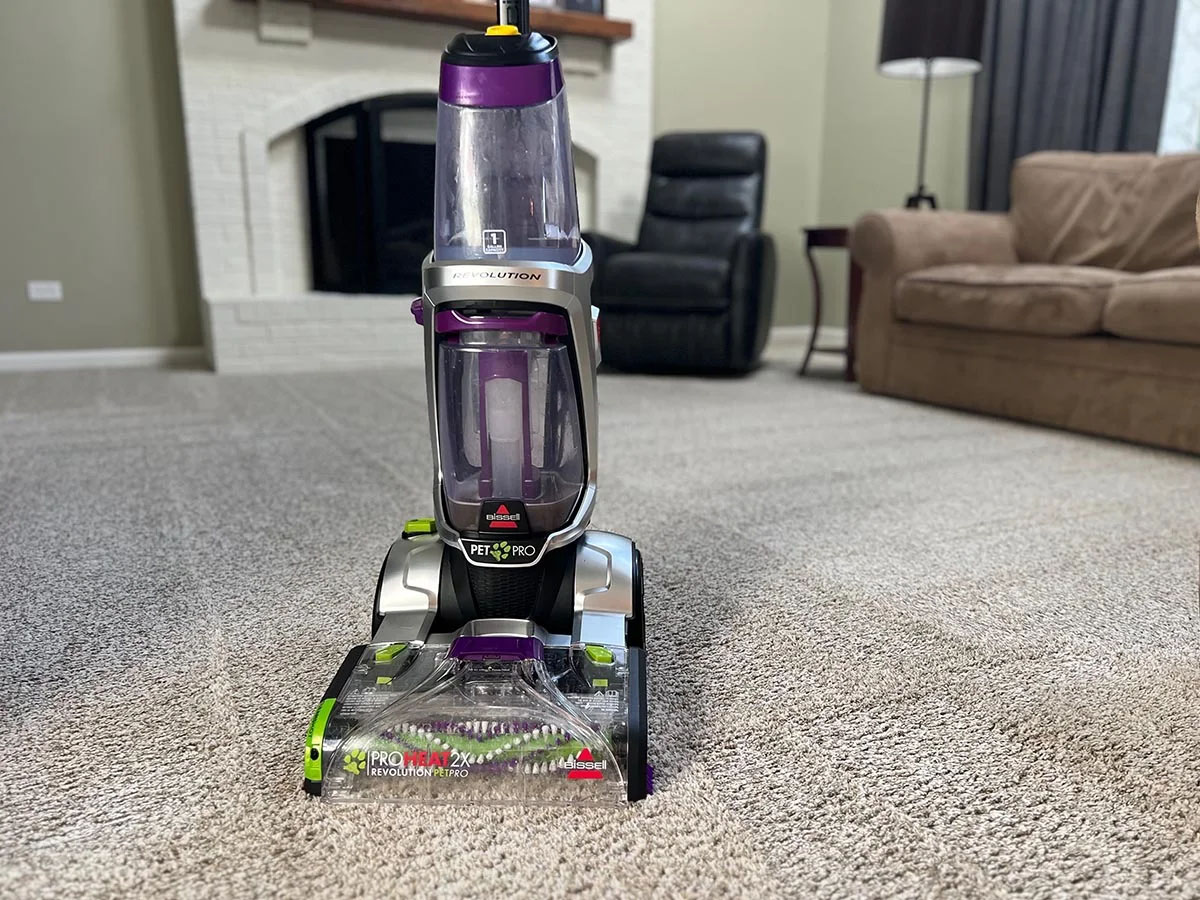
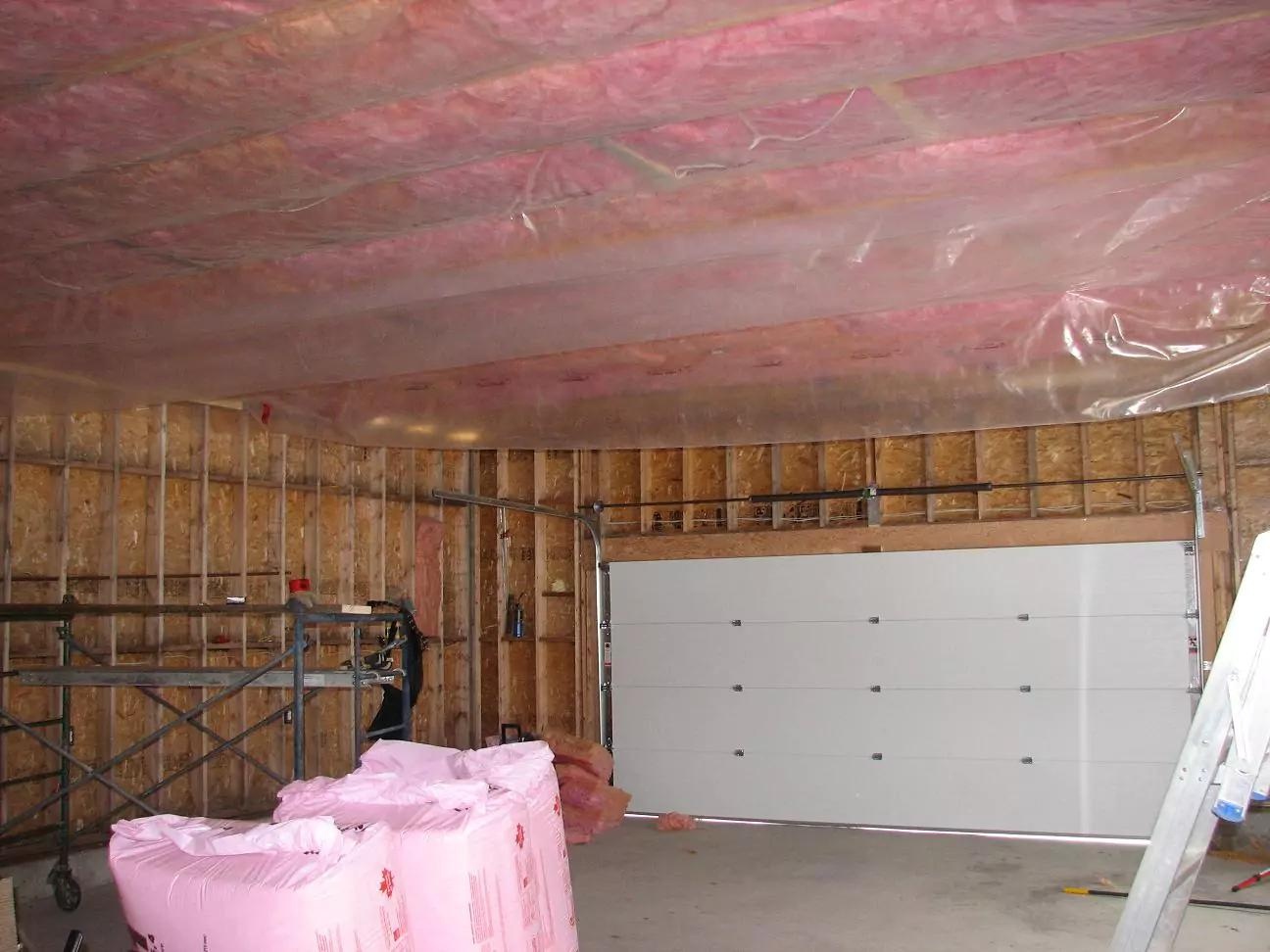
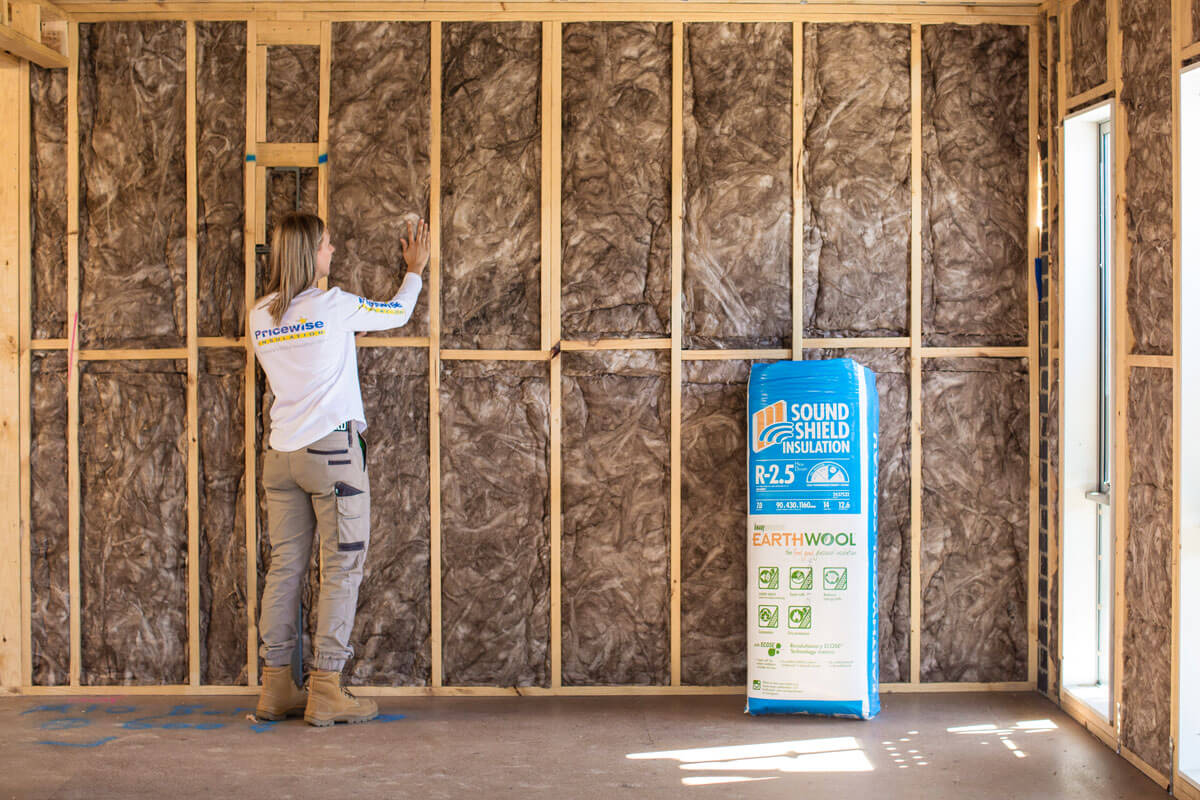

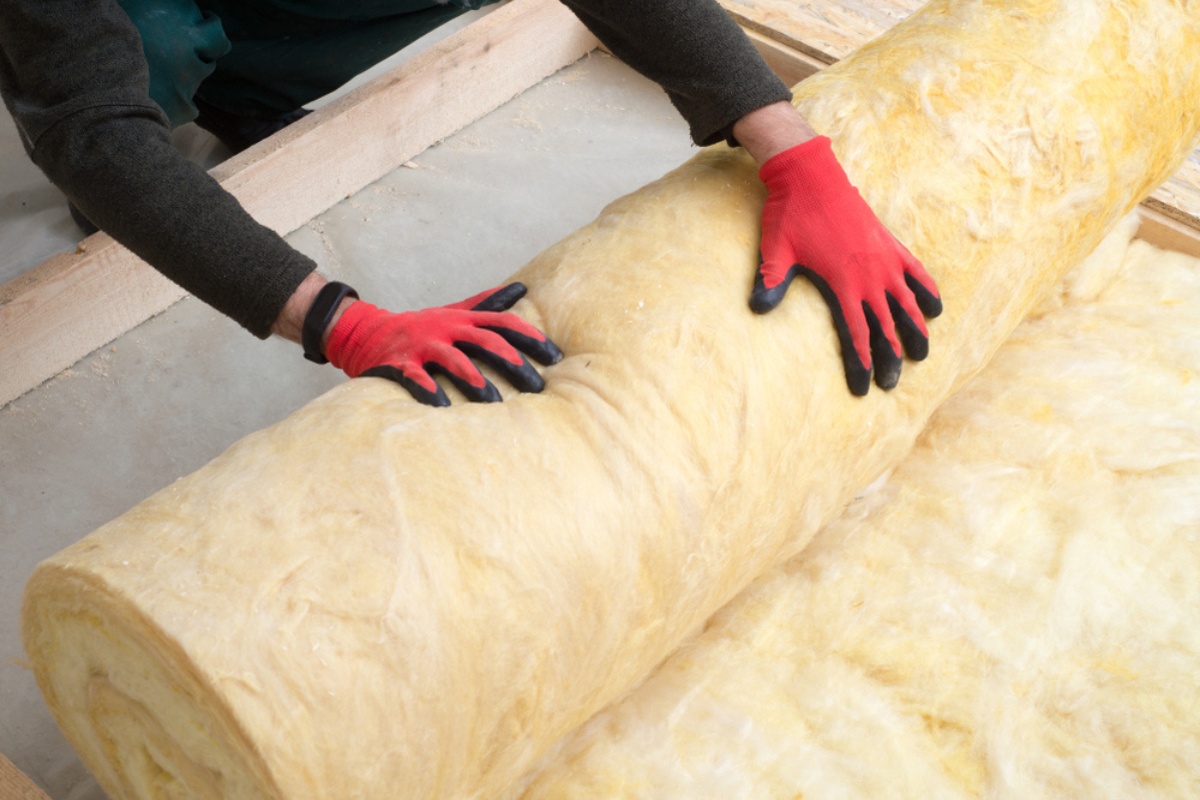

0 thoughts on “What Insulation To Use In 2X4 Walls?”